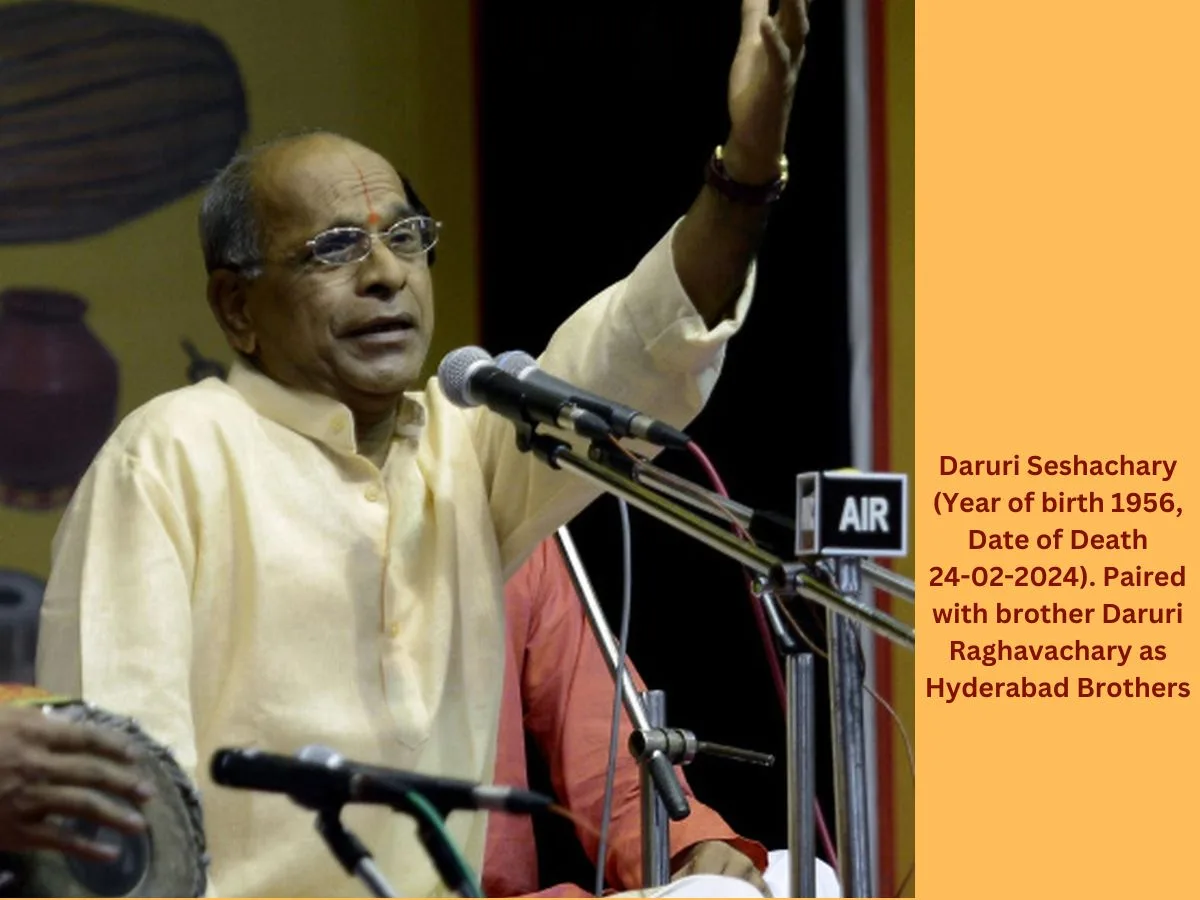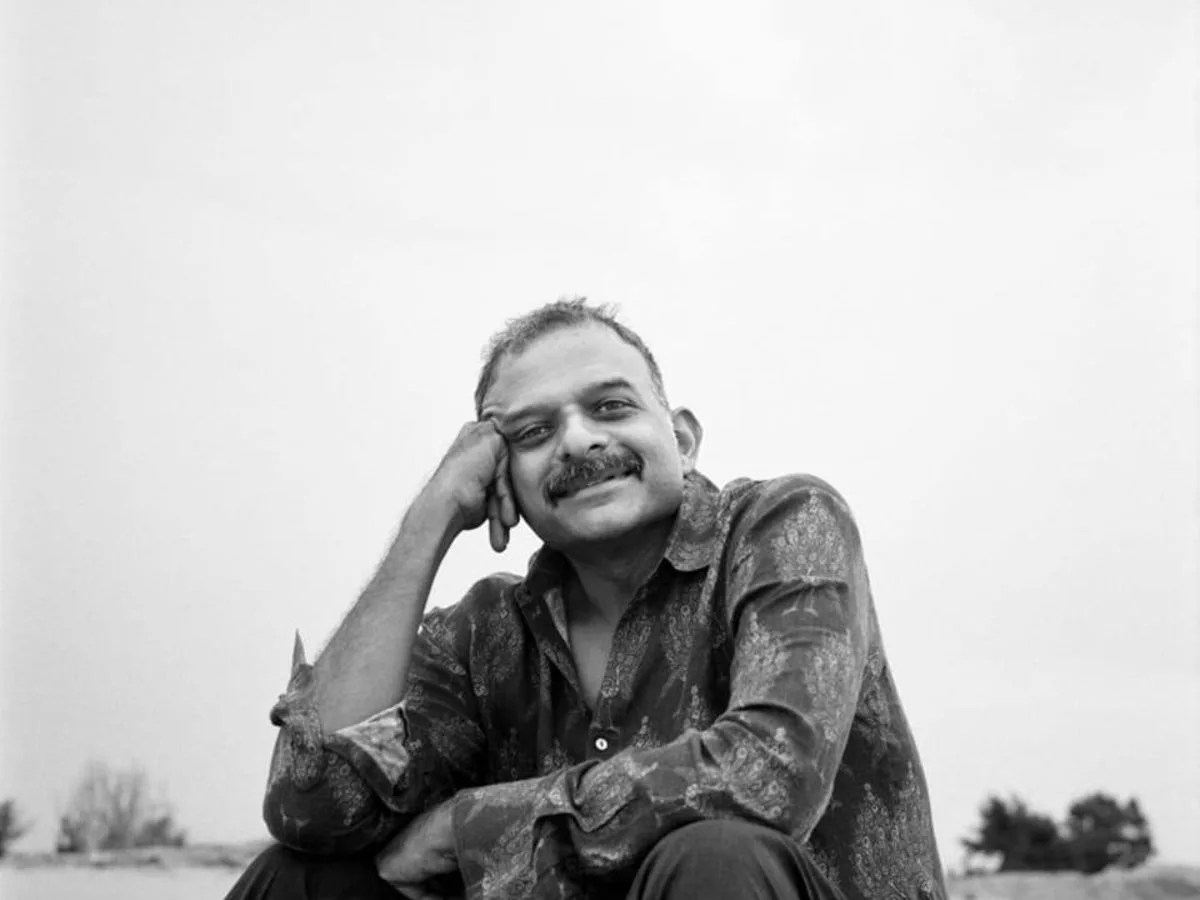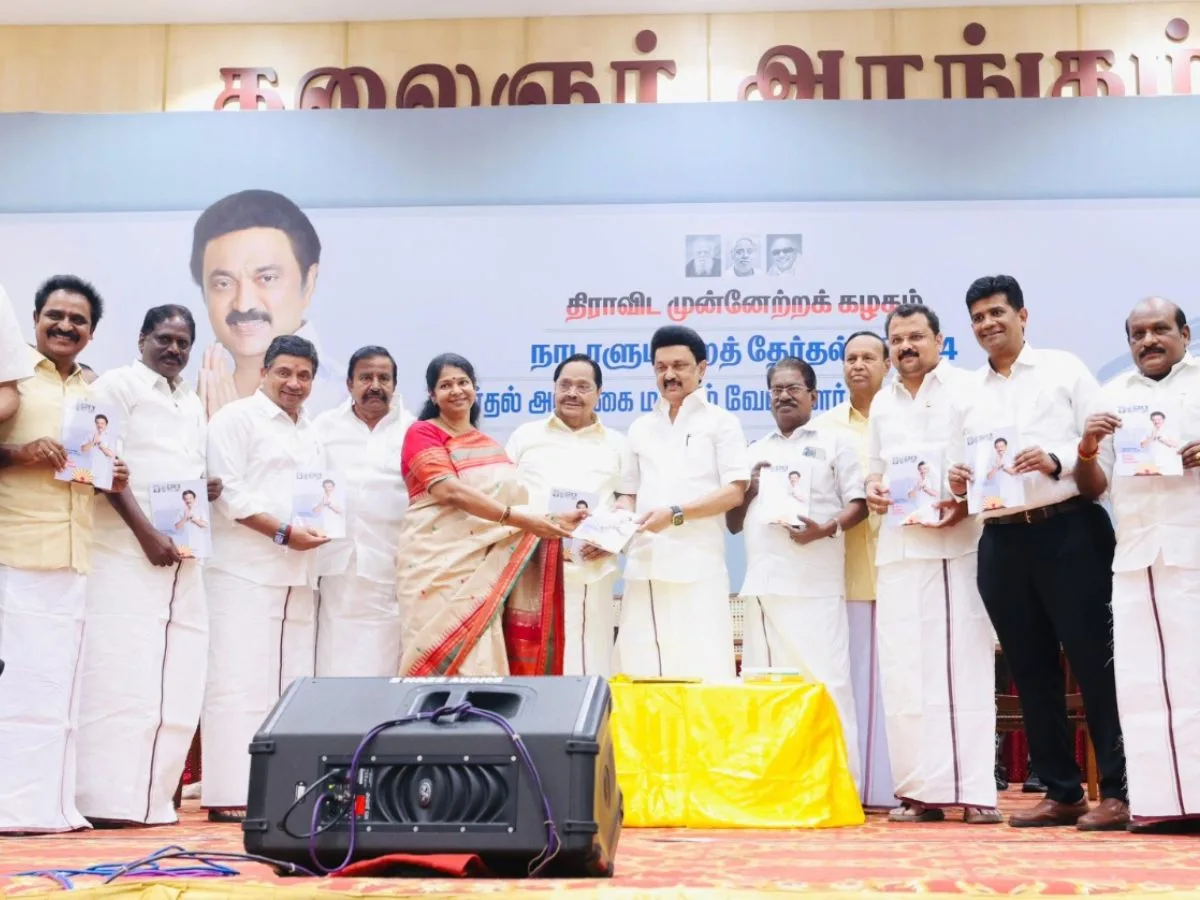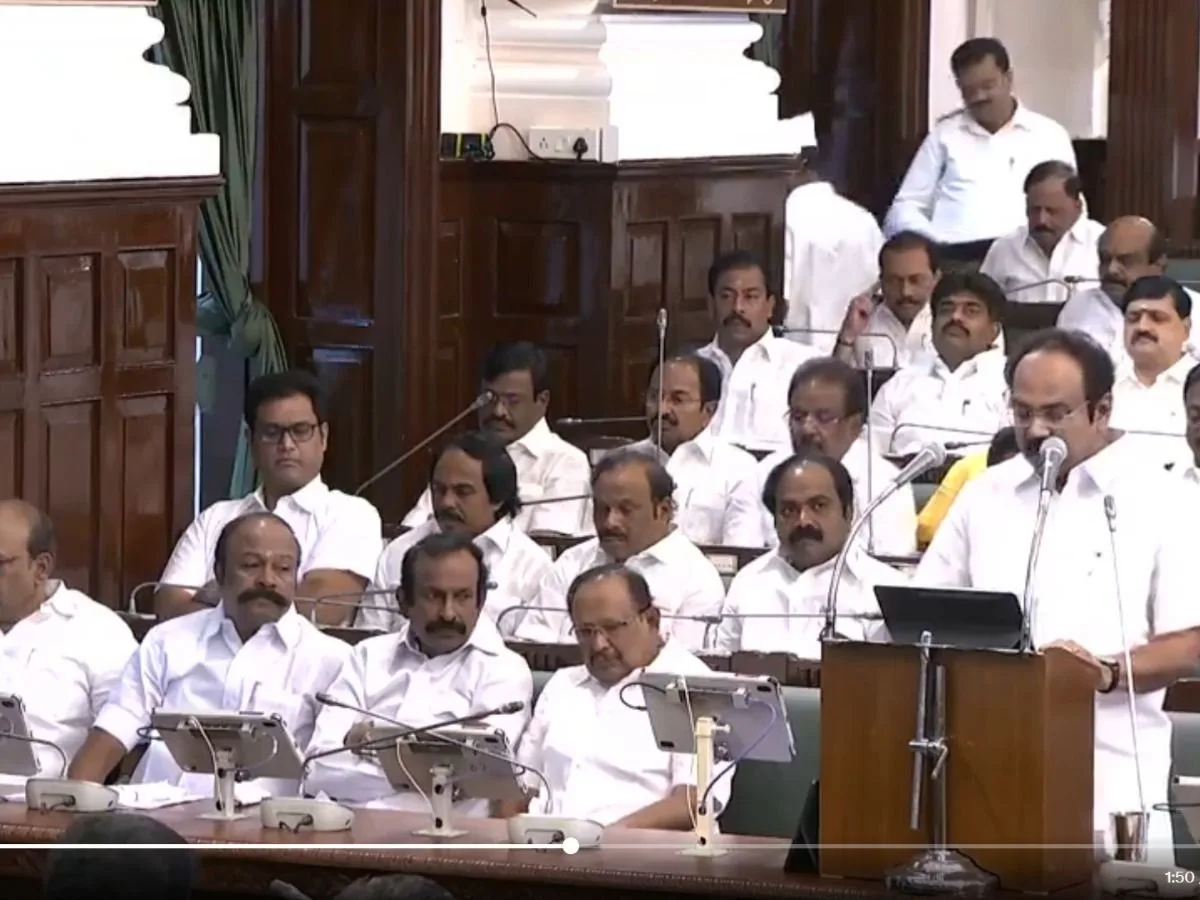Read in : தமிழ்
With the local body elections sorted out and having scored handsome victories across the State, the DMK government has announced a big revision of property taxes and some other civic taxes in Chennai and elsewhere. The increase ranges from 50% for the sensitive residential segment of up to 600 sq. ft. size in Chennai’s core area to 150% for the largest properties that exceed 1,801 sq. ft. An increase of between 50% and 100% applies to extended areas added to Chennai and in municipalities, sparing the small houses. Non-residential properties attract much higher taxes now.
Revising property taxes in Chennai and across the state has been problematic in Tamil Nadu for all parties, and Chief Minister MK Stalin had opposed it when the AIADMK took up the question. Justifying the latest measure, however, the DMK government has cited compulsions from Union government policies flowing from the Fifteenth Finance Commission’s recommendations, for the revision from 2022-23. These include mandatory rate revision in order to qualify for Plan grants and funds under Swachh Bharat and AMRUT schemes. High inflation, higher salaries of staff and need for infrastructure spending have also influenced the decision.
The previous AIADMK government in 2019 reacted with fear at the prospect of facing the electorate in the wake of a property tax revision announced a year earlier, ranging between 50% for residential and 100% for non-residential buildings, and put the measure on hold. It constituted a four-member committee to study the issue. Effectively, the property taxes have not been revised in Chennai since 1998, and in the rest of Tamil Nadu since 2007, the government says.
Higher taxes with no visible outcomes and indifferent or corrupt local government bureaucracies are a red rag for voters. Key promises of the DMK on transparency, particularly a right to services legislation, besides introducing a fool proof system to get building permissions, and more responsive civic grievance redress mechanisms remain works in progress. Governments tend to prioritise reforms that make it easier to pay bills, but equally effective measures for service delivery are absent.
In the absence of consensus among political parties, and a plan for better services, a tax revision is a gruelling gauntlet for a government to run. Soon after the announcement of revised property tax rates – which normally has an impact on water and sewerage tax too – ally-parties of the DMK reacted with embarrassment, with Congress leader S Alagiri musing that the measure may not have been cleared by the Chief Minister. The CPI (M) wanted it fully rolled back. The AIADMK said the tax revision was a forerunner to other big imposts.
To reform or not?
Property taxes were the single largest contributor to ‘own revenue’ for Chennai as well as for five largest Municipal Corporations in the country in 2017-18, after abolition of octroi [and subsuming many levies under GST], according to “Finances of Municipal Corporations in Metropolitan Cities of India: A study prepared for the Fifteenth Finance Commission” by ICRIER (Indian Council for Research on International Economic Relations).
Revenue from property taxes per capita was the highest in Mumbai, followed by Pune, Hyderabad, Kolkata, Bengaluru, Ahmedabad and Chennai. After the latest hike, the Tamil Nadu government has argued that it had scientifically segregated small and medium dwellings from larger properties for the first time, sparing the majority of homeowners of a big hike. Moreover, even after the hike, an apples-to-apples comparison of a 600 sq ft property shows minimum property tax would be Rs.1,215 after revision in Chennai, compared to Rs.2,157 in Mumbai, Rs.3,464 in Bengaluru and Rs.3,510 in Kolkata and Rs.3,924 in Pune.
Even after the hike, an apples-to-apples comparison of a 600 sq ft property shows minimum property tax would be Rs.1,215 after revision in Chennai, compared to Rs.2,157 in Mumbai, Rs.3,464 in Bengaluru and Rs.3,510 in Kolkata and Rs.3,924 in Pune.
Yet, the government has not proposed a significant time-bound plan for revamping of services in Chennai and its extended areas, new suburban Corporations in Tambaram and Avadi and many Town Panchayats upgraded into Municipalities. Adding to the murky state of local self-government, many newly-elected women councillors have faded into the background, and their husbands have begun to play the role of councillor.
Taxing the rich who have larger property is a positive step, but the more contentious issue is the need to zone the city based not on annual rental value, but the market worth of property, representing true wealth. Some States have been advocating capital value-based assessment and measurable services for which users will readily pay, in place of bribes being collected now.
Glaring lost opportunities
The ICRIER report also points to lost opportunities to raise revenues. “Decline in own non-tax indicators” it says, “is because of low recovery of cost of services provided, and the inability to monetise increasing land value on account of infrastructural development through impact fees, development charges and betterment charges.”
Although the extension of reliable bus service and the Chennai Metro raises the value of property, there is no appreciable dividend to civic bodies other than traditional house tax. In fact, for 37 Corporations studied by ICRIER, the trend is negative. Its report says, “The share of benefit charges (such as betterment charges, impact fees and other instruments of unlocking land value) in municipal revenue declined from 11.7 per cent in 2012-13 to 10.3 per cent in 2017-18”.
For Chennai, “own revenue” as a share of municipal revenue rose marginally between 2012-13 and 2017-18 from 36.6% to 38.9% compared to a decline for Mumbai, Bengaluru, Hyderabad and Kolkata. But Coimbatore recorded a decline in the share from 49% to 43.3%. Efficiency is cited as one factor influencing Chennai’s performance, although absolute revenues could be much higher.
Some States have been advocating capital value-based assessment and measurable services for which users will readily pay, in place of bribes being collected now.
The paralysing flood of 2021, on the other hand, indicates the challenge ahead for local bodies caught flat-footed by climate change and aberrant rainfall becoming more common. How much funding is available to transform monsoon flood and drought management in Chennai or Coimbatore?
Parking paralysis
As of 2020, there were 47 lakh two-wheelers and 9.6 lakh cars registered in Chennai and they are often looking for parking space where none exists. Although off-road, dedicated parking represents a major source of revenue, the Greater Chennai Corporation and the Highways Department have not moved to monetise it. Even in the expensive Smart City shopping district in T. Nagar, motorists congest the pedestrian plaza, avoiding parking in the designated structure.
Chennai thus faces a double jeopardy: space is occupied by parked vehicles, pushing out pedestrians, and the local body loses out on potentially staggering levels of revenue. Finance Minister Thiaga Rajan could commission an audit of all suitable civic and government lands with potential to host parking in all core areas of Chennai, which would unlock untapped revenue. At present, the spaces allocated within Chennai Metro stations provide a cheap parking option for cars owned by people who often have no intention of using the train.
Buildings owned by the Corporation, such as the Sir Pitty Thyagaraya hall in T.Nagar, many community halls that can host local functions are underexploited as revenue sources because of the lack of efficiency in civic administration.
A rational property tax that matches urban quality of life may not encounter opposition. But that would mean changing business-as-usual for politics and the bureaucracy.
Read in : தமிழ்











